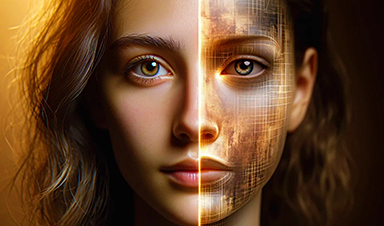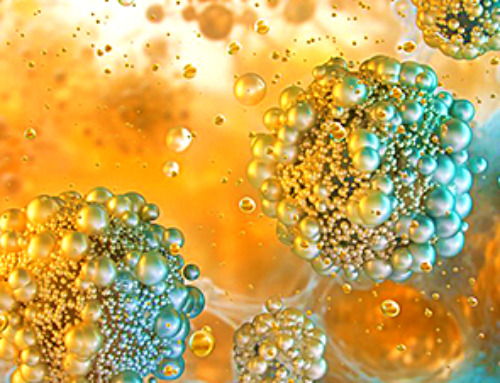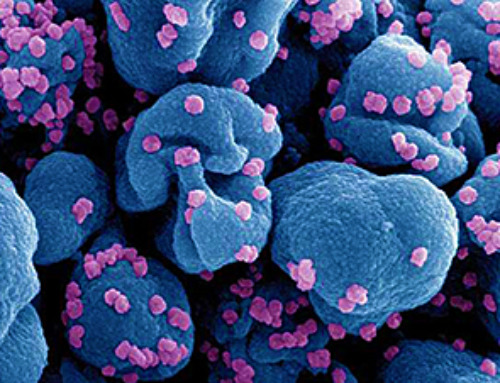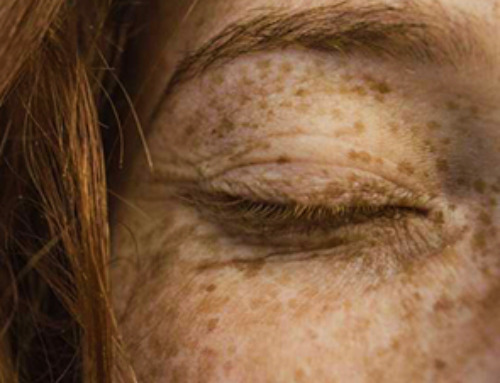Research shows survey participants duped by AI-generated images nearly 40 percent of the time.
If you recently had trouble figuring out if an image of a person is real or generated through artificial intelligence (AI), you're not alone.
A new study from University of Waterloo researchers found that people had more difficulty than was expected distinguishing who is a real person and who is artificially generated.
The Waterloo study saw 260 participants provided with 20 unlabeled pictures: 10 of which were of real people obtained from Google searches, and the other 10 generated by Stable Diffusion or DALL-E, two commonly used AI programs that generate images.
Participants were asked to label each image as real or AI-generated and explain why they made their decision. Only 61 percent of participants could tell the difference between AI-generated people and real ones, far below the 85 percent threshold that researchers expected.
Misleading Indicators and Rapid AI Development
"People are not as adept at making the distinction as they think they are," said Andreea Pocol, a PhD candidate in Computer Science at the University of Waterloo and the study's lead author.
Participants paid attention to details such as fingers, teeth, and eyes as possible indicators when looking for AI-generated content – but their assessments weren't always correct.
Pocol noted that the nature of the study allowed participants to scrutinize photos at length, whereas most internet users look at images in passing.
"People who are just doomscrolling or don't have time won't pick up on these cues," Pocol said.
Pocol added that the extremely rapid rate at which AI technology is developing makes it particularly difficult to understand the potential for malicious or nefarious action posed by AI-generated images. The pace of academic research and legislation isn't often able to keep up: AI-generated images have become even more realistic since the study began in late 2022.
The Threat of AI-Generated Disinformation
These AI-generated images are particularly threatening as a political and cultural tool, which could see any user create fake images of public figures in embarrassing or compromising situations.
"Disinformation isn't new, but the tools of disinformation have been constantly shifting and evolving," Pocol said. "It may get to a point where people, no matter how trained they will be, will still struggle to differentiate real images from fakes. That's why we need to develop tools to identify and counter this. It's like a new AI arms race."
The study, "Seeing Is No Longer Believing: A Survey on the State of Deepfakes, AI-Generated Humans, and Other Nonveridical Media," was published in the journal Advances in Computer Graphics.
Reference: "Seeing Is No Longer Believing: A Survey on the State of Deepfakes, AI-Generated Humans, and Other Nonveridical Media" by Andreea Pocol, Lesley Istead, Sherman Siu, Sabrina Mokhtari and Sara Kodeiri, 29 December 2023, Advances in Computer Graphics.
DOI: 10.1007/978-3-031-50072-5_34
News
Scientists Melt Cancer’s Hidden “Power Hubs” and Stop Tumor Growth
Researchers discovered that in a rare kidney cancer, RNA builds droplet-like hubs that act as growth control centers inside tumor cells. By engineering a molecular switch to dissolve these hubs, they were able to halt cancer [...]
Platelet-inspired nanoparticles could improve treatment of inflammatory diseases
Scientists have developed platelet-inspired nanoparticles that deliver anti-inflammatory drugs directly to brain-computer interface implants, doubling their effectiveness. Scientists have found a way to improve the performance of brain-computer interface (BCI) electrodes by delivering anti-inflammatory drugs directly [...]
After 150 years, a new chapter in cancer therapy is finally beginning
For decades, researchers have been looking for ways to destroy cancer cells in a targeted manner without further weakening the body. But for many patients whose immune system is severely impaired by chemotherapy or radiation, [...]
Older chemical libraries show promise for fighting resistant strains of COVID-19 virus
SARS‑CoV‑2, the virus that causes COVID-19, continues to mutate, with some newer strains becoming less responsive to current antiviral treatments like Paxlovid. Now, University of California San Diego scientists and an international team of [...]
Lower doses of immunotherapy for skin cancer give better results, study suggests
According to a new study, lower doses of approved immunotherapy for malignant melanoma can give better results against tumors, while reducing side effects. This is reported by researchers at Karolinska Institutet in the Journal of the National [...]
Researchers highlight five pathways through which microplastics can harm the brain
Microplastics could be fueling neurodegenerative diseases like Alzheimer's and Parkinson's, with a new study highlighting five ways microplastics can trigger inflammation and damage in the brain. More than 57 million people live with dementia, [...]
Tiny Metal Nanodots Obliterate Cancer Cells While Largely Sparing Healthy Tissue
Scientists have developed tiny metal-oxide particles that push cancer cells past their stress limits while sparing healthy tissue. An international team led by RMIT University has developed tiny particles called nanodots, crafted from a metallic compound, [...]
Gold Nanoclusters Could Supercharge Quantum Computers
Researchers found that gold “super atoms” can behave like the atoms in top-tier quantum systems—only far easier to scale. These tiny clusters can be customized at the molecular level, offering a powerful, tunable foundation [...]
A single shot of HPV vaccine may be enough to fight cervical cancer, study finds
WASHINGTON -- A single HPV vaccination appears just as effective as two doses at preventing the viral infection that causes cervical cancer, researchers reported Wednesday. HPV, or human papillomavirus, is very common and spread [...]
New technique overcomes technological barrier in 3D brain imaging
Scientists at the Swiss Light Source SLS have succeeded in mapping a piece of brain tissue in 3D at unprecedented resolution using X-rays, non-destructively. The breakthrough overcomes a long-standing technological barrier that had limited [...]
Scientists Uncover Hidden Blood Pattern in Long COVID
Researchers found persistent microclot and NET structures in Long COVID blood that may explain long-lasting symptoms. Researchers examining Long COVID have identified a structural connection between circulating microclots and neutrophil extracellular traps (NETs). The [...]
This Cellular Trick Helps Cancer Spread, but Could Also Stop It
Groups of normal cbiells can sense far into their surroundings, helping explain cancer cell migration. Understanding this ability could lead to new ways to limit tumor spread. The tale of the princess and the [...]
New mRNA therapy targets drug-resistant pneumonia
Bacteria that multiply on surfaces are a major headache in health care when they gain a foothold on, for example, implants or in catheters. Researchers at Chalmers University of Technology in Sweden have found [...]
Current Heart Health Guidelines Are Failing To Catch a Deadly Genetic Killer
New research reveals that standard screening misses most people with a common inherited cholesterol disorder. A Mayo Clinic study reports that current genetic screening guidelines overlook most people who have familial hypercholesterolemia, an inherited disorder that [...]
Scientists Identify the Evolutionary “Purpose” of Consciousness
Summary: Researchers at Ruhr University Bochum explore why consciousness evolved and why different species developed it in distinct ways. By comparing humans with birds, they show that complex awareness may arise through different neural architectures yet [...]
Novel mRNA therapy curbs antibiotic-resistant infections in preclinical lung models
Researchers at the Icahn School of Medicine at Mount Sinai and collaborators have reported early success with a novel mRNA-based therapy designed to combat antibiotic-resistant bacteria. The findings, published in Nature Biotechnology, show that in [...]






















